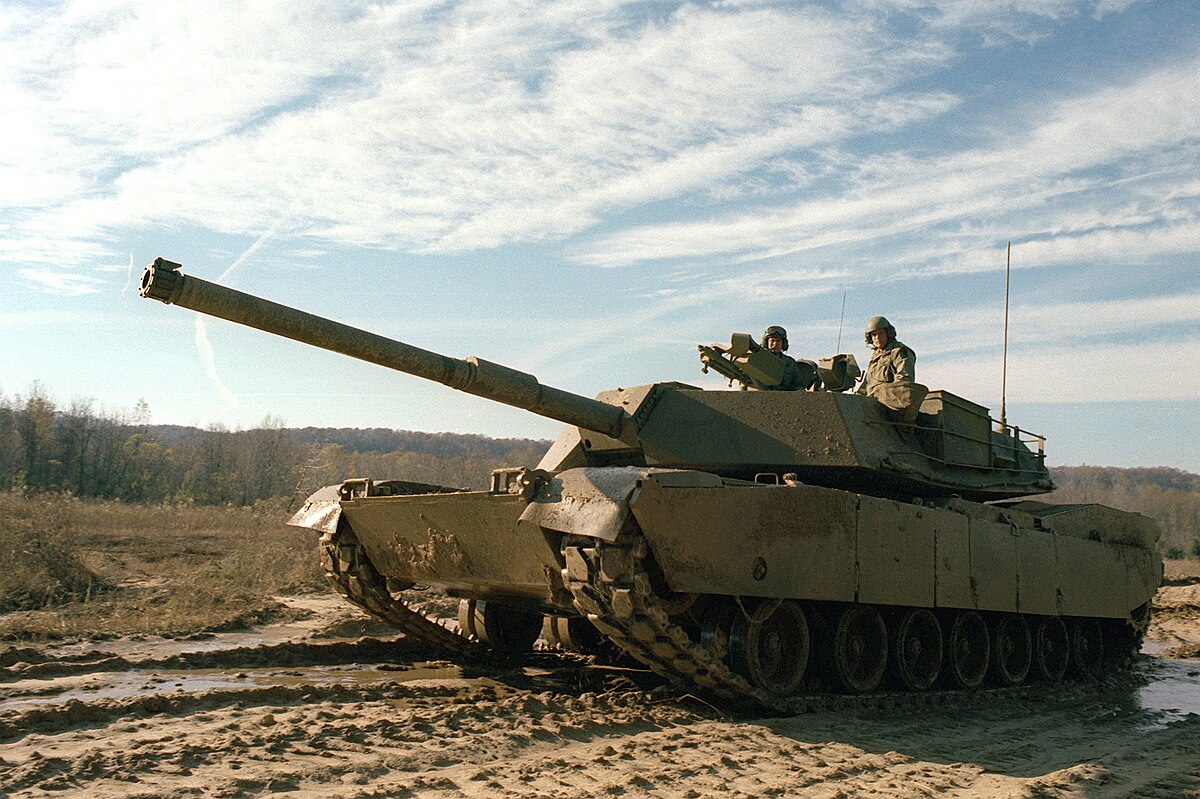Originally posted by Patroklos
Wrong, but you are unaquanted with shipboard firefighting so I can see why you would come to this conclusion. Fuel is one of the most destructive things about a missile hit, but it depends on where it is. In the Falklands and on the Stark, the fuel was so damaging because the missile pentetrated the skin and poured the fuel into the interior. Fuel burning on the weatherdecks would be bad, but would most likely not render the ship incabable of combat.
And how much heat do you think it takes to melt through a foot, in most places two, of steal? Assuming of course they didn't activate their topside sprinklers...
You find me a tank with 2 feet of armor anywhere. Of course it is possible to make a missile that could do it. It would probobly be very expensive and not worth it when most of the other combatants have no armor.
Wrong, but you are unaquanted with shipboard firefighting so I can see why you would come to this conclusion. Fuel is one of the most destructive things about a missile hit, but it depends on where it is. In the Falklands and on the Stark, the fuel was so damaging because the missile pentetrated the skin and poured the fuel into the interior. Fuel burning on the weatherdecks would be bad, but would most likely not render the ship incabable of combat.
And how much heat do you think it takes to melt through a foot, in most places two, of steal? Assuming of course they didn't activate their topside sprinklers...
You find me a tank with 2 feet of armor anywhere. Of course it is possible to make a missile that could do it. It would probobly be very expensive and not worth it when most of the other combatants have no armor.
The second layer is a much more substancial 6 inches in some places, but you're already talking about the fire burning is a confined space where it traps the heat of the fuel fires. You're not talking about immediately running into 2 feet of armor where the antiship missile will hit.
As as the comparison to tank armor, modern tanks do not rely on simple solid steel armor plate like the battleships used to. They rely on sophisticated schemes like chobham armor.
The frontal armor of most modern main battletanks is significantly in excess of 1,000 mm of rolled steel armor. This is around 3 &1/3 feet of steel armor! This is the type of armor that modern anti-tank heat warheads have to defeat. When talking about an anti-ship missile, warhead designers have a larger missile to work with. I see a warhead design for the subsonic missiles being something along the lines of an initial smaller heat warhead at the tip of the missle to penetrate the initial deck armor, a second heat warhead to deal with the remaining significant armor, and a delayed fuse high explosive warhead set to explode inside the ship. Iowa Class Battleships are not even close to being as invulnerable to anti-ship missiles as you seem to think.


 Smiley
Smiley 
Comment